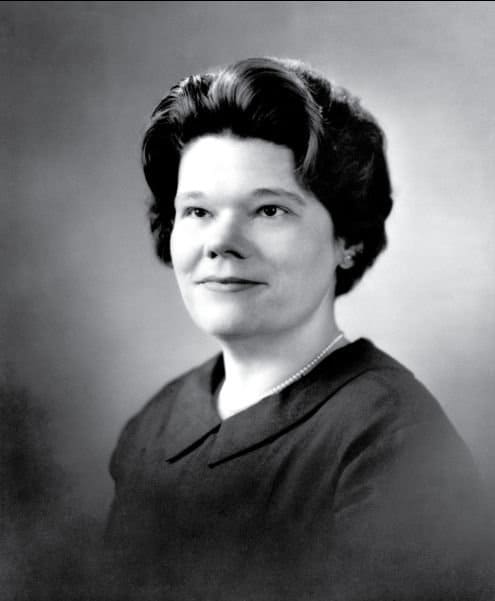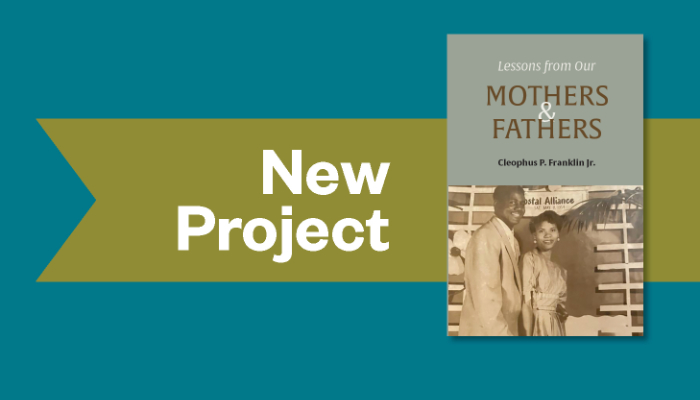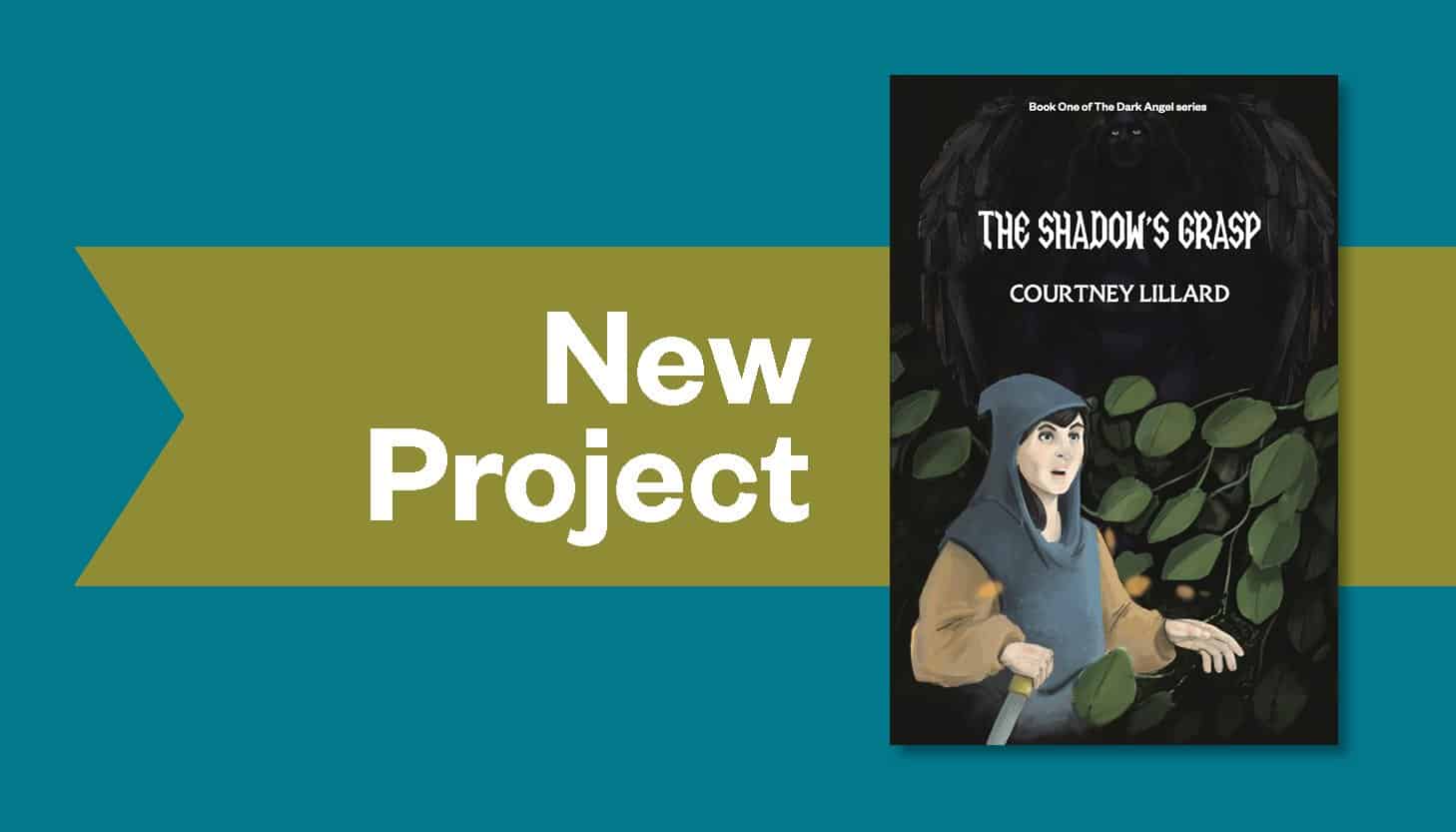Is your writing protected by copyright? You’ll be delighted to know that it probably is. Thanks to an act passed in 1976, copyrighting your writing is almost automatic.
The Copyright Act of 1976 updated copyright law so that it provided “a balanced compromise between publishers’ and authors’ rights,” in the words of the US Register of Copyrights Barbara Ringer, one of the lead architects of the act. Among other things, it extended the term of copyright protection, protecting authors’ rights and allowing royalty payments to heirs for a longer time.
The act actually went into effect on January 1, 1978, so works created prior to 1978 operate under different copyright protection rules.


Unless you’ve done your own digging on copyright law or you were paying attention when copyright was in the news regarding music streaming services (see more at the end of this post), you probably haven’t heard much about the act, even now.
But copyright law affects you as a writer directly. It defines what you can copyright, how long you and your heirs can retain copyright protection and receive income from that copyright, what rights you hold under copyright law, and what constitutes fair use.
Background to the 1976 Act
Prior to the 1976 act, the last time copyright law had been revised was in 1909. New technologies, such as television and “motion pictures,” were part of the impetus to reexamine the law, especially regarding intellectual property rights for these new forms of communication.
The 1976 act also allowed the US to update copyright law to conform more fully with the standards of the Universal Copyright Convention, which the US became a party to in 1955. The wheels of the government grind slowly.
What Can Be Copyrighted?
The 1976 act stated that copyright protection extends to “original works of authorship fixed in any tangible medium of expression, now known or later developed, from which they can be perceived, reproduced, or otherwise communicated, either directly or with the aid of a machine or device.” Those “original works of authorship” were defined as
- Literary works;
- Musical works, including any accompanying words;
- Dramatic works, including any accompanying music;
- Pantomimes and choreographic works;
- Pictorial, graphic, and sculptural works;
- Motion pictures and other audiovisual works;
- Sound recordings; and
- Architectural works (added in 1990).
When Is Your Work Copyrighted?
A major change to copyright protection was made in section 102 of the 1976 act. Previously, federal copyright protection was given to original works only when those works were both published and had a notice of copyright attached to the work. Unpublished works were protected by copyright under state law, but published works—whether they had a copyright notice or not—were exclusively under the control of federal law. If a work was published in a legal sense but had no notice of copyright, under the last major revision of copyright law (1909), that work became part of the public domain, which meant that anyone could republish or resell the work without paying the original author.
The 1976 act broadened the scope of protection. It said that federal copyright protection extends to original works that are “fixed in a tangible medium,” not just works that are “published.” It was also no longer necessary to attach a copyright notice of any sort to your work to obtain protection, though many publishers and writers continue to do so as a recommended industry standard.
So, your work is automatically copyrighted once it is fixed in a tangible medium, such as a printed manuscript, a document saved to your computer, or a published book. Alternatively, a story told verbally is not copyrighted until it is transcribed or recorded.
Is It Necessary to Register a Copyright?
No, but registration increases your rights in several ways. For instance, registration is required before a copyright infringement suit can be filed by the creator of the work, and registration creates the possibility for enhanced statutory damages. (If you want to go further to protect your copyright, register your work with the United States Copyright Office. There is a small fee.)
Term of Protection
The 1976 act also increased the term of protection to the life of the author and 50 years after the author’s death. For anonymous works, pseudonymous works, and works made for hire, the term was 75 years, dated from the date of publication.
For works copyrighted prior to 1978 and that had not already entered the public domain, the term was increased from 28 years to 47 years.
The Copyright Term Extension Act in 1998 added additional term protection, changing the term of general copyrights to life of the author and 70 years and for works made for hire to 95 years from date of publication or 120 years from date of creation, whichever comes first. The term of protection for works copyrighted prior to 1978 have different time limits depending on the circumstances.
Exclusive Rights
Section 106 of the 1976 act gave five exclusive rights to copyright holders (subject to other sections of the act), and an amendment in 1995 added the sixth exclusive right:
- The right to reproduce or copy the work into copies and “phonorecords”;
- The right to create derivative works of the original;
- The right to distribute copies and phonorecords of the work to the public by sale, lease, or rental;
- The right to perform the work publicly (if the work is a literary, musical, dramatic, choreographic, pantomime, motion picture, or other audio visual work);
- The right to display the work publicly (if the work is a literary, musical, dramatic, choreographic, pantomime, pictorial, graphic, sculptural, motion picture, or other audiovisual work); and
- The right to perform a sound recording by means of digital audio.
These six rights are valuable to you. They allow you full use of, and compensation for, your work. Make sure you review any agreement to publish or show your work for copyright ownership. Depending on your goals, retaining your copyright is usually a good decision.
Fair Use
In section 107, the 1976 act also legally defined the concept of fair use, which had previously been based on a common law doctrine from the mid-1800s. According to the act, fair use of a copyrighted work is not copyright infringement, even if the use technically violates the exclusive rights given to the copyright holder (section 106).
Fair use explicitly applies to the use of copyrighted work—later amended to include unpublished works—for criticism, news reporting, teaching, scholarship, and research purposes, but it goes beyond those five areas.
The act established four factors to be considered to determine whether a particular use is, in fact, a fair use:
- The purpose and character of the use (commercial or educational, transformative or reproductive);
- The nature of the copyrighted work (fictional or factual, the degree of creativity);
- The amount and substantiality of the portion of the original work used; and
- The effect of the use on the market or potential market for the original work.
You’ve probably heard various rules of thumb for fair use, but the reality is that fair use depends on specific circumstances and not just on the percentage of material used or the number of lines quoted. When in doubt, ask the copyright holder for permission to republish or reproduce the work. And don’t be unhappy if payment is involved. You are paying someone for their work, just as you wish to be paid for your own work.
That said, there is one line of the 1976 act that actively discourages innovation in copyright use. The act directs the Copyright Royalty Judges to “minimize any disruptive impact on the structure of the industries involved and on generally prevailing industry practices.” While directed at coin-operated “phonorecord players,” the end result is to stifle innovative business models, such as music streaming services. We won’t dive deeply into this here since we’re focused on writers, it’s complicated, and there are several sides involved, but you can learn more by checking out the references on the copyright Wikipedia page.
Disclaimer: This information is provided for educational purposes only. Consult a qualified lawyer in your jurisdiction for all legal opinions for your specific situation.
Want to keep up with our blog? Sign up to get an email notification when we publish new posts.


